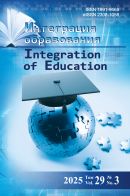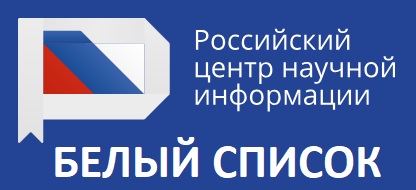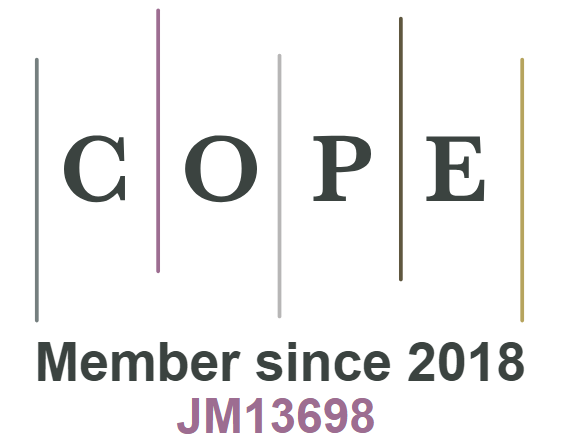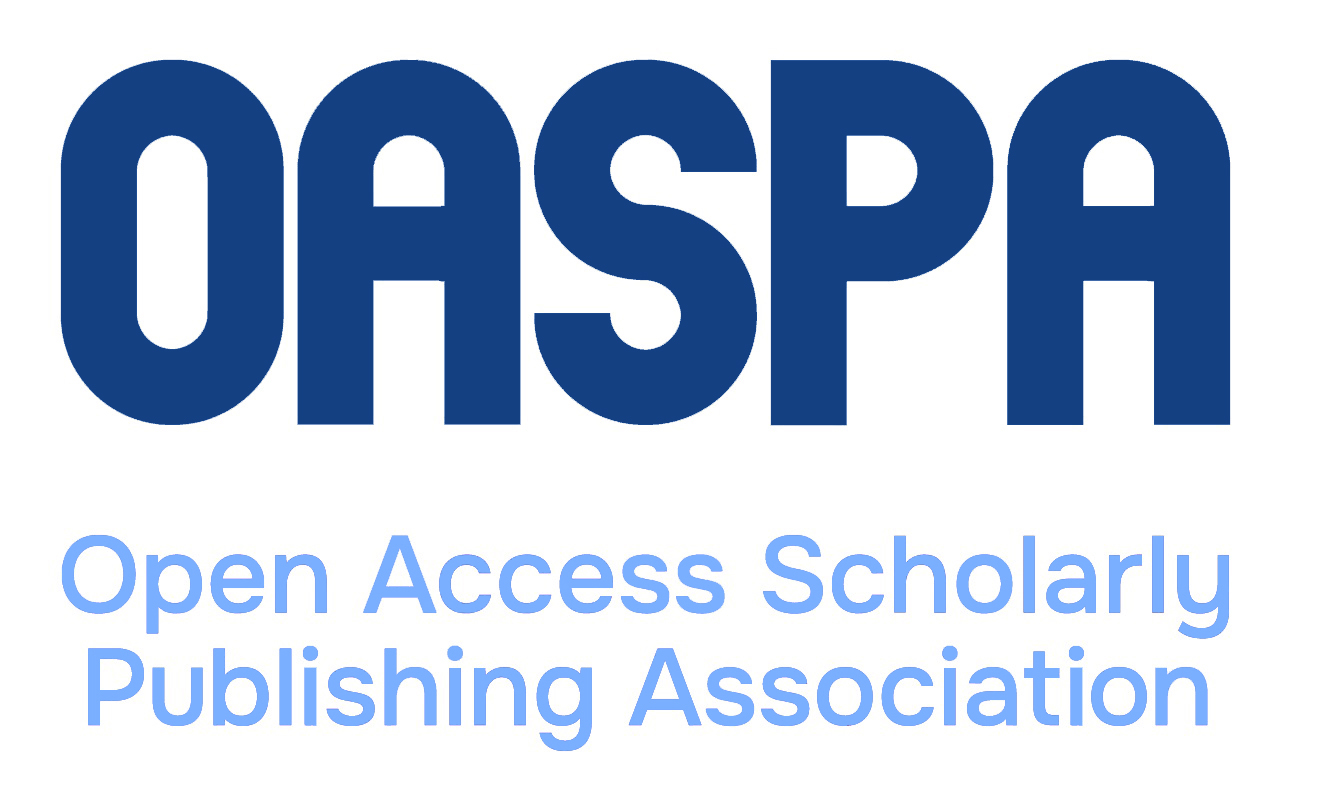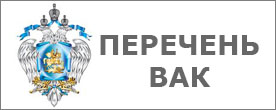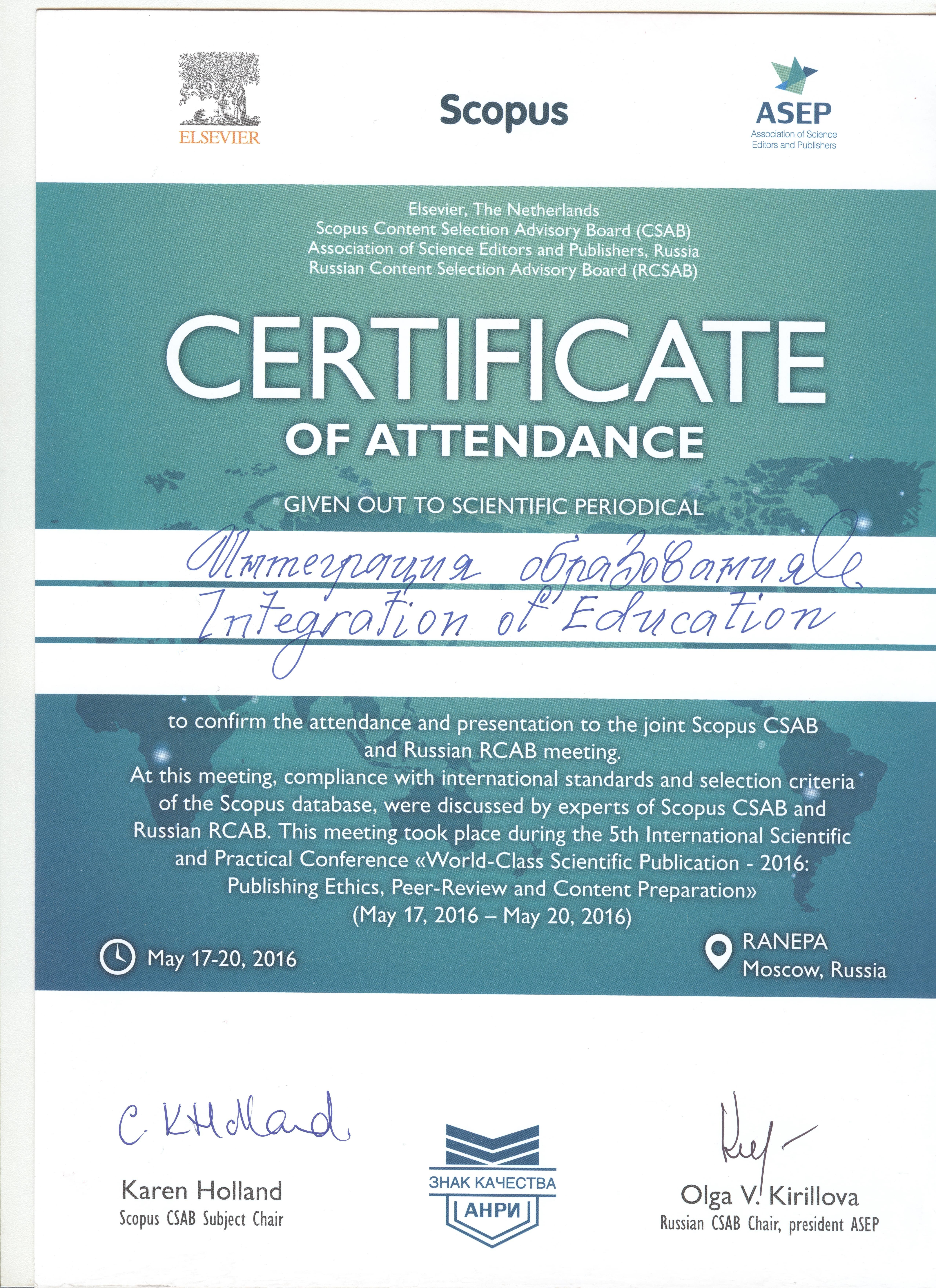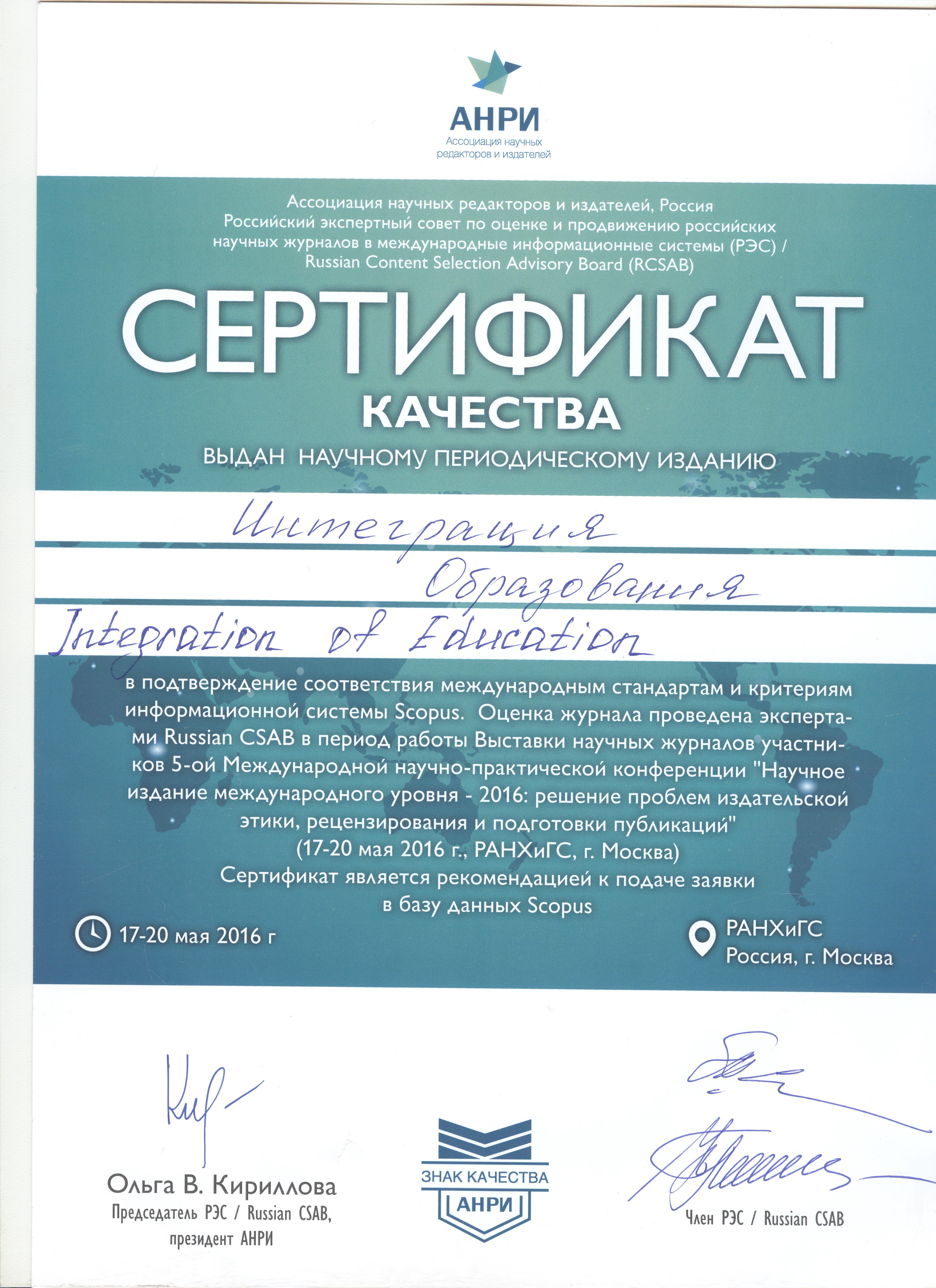DOI: https://doi.org/10.15507/1991-9468.117.028.202404.624-640
Modeling the Meaning of Individual Words Using Cultural Cartography and Keystroke Dynamics
Tatiana A. Litvinova
Dr.Sci. (Philol.), Head of Research Laboratory of Psycholinguistic Textual Modelling, Professor of the Chair of Russian Language, Modern Russian and Foreign Literature, Voronezh State Pedagogical University (86 Lenin St., Voronezh 394043, Russian Federation), ORCID: https://orcid.org/0000-0002-6019-3700, Scopus ID: 56638057700, Researcher ID: P-3809-2016, SPIN-code: 3050-5653, This email address is being protected from spambots. You need JavaScript enabled to view it.
Olga V. Dekhnich
Cand.Sci. (Philol.), Associate Professor, Deputy Director for Science and Research of the Institute of Intercultural Communication and International Relations, Associate Professor of the Chair of English Philology and CrossCultural Communication, Belgorod State National Research University (85 Pobedy St., Belgorod 308015, Russian Federation), ORCID: https://orcid.org/0000-0001-6088-2656, Scopus ID: 56436702200, Researcher ID: AAM-9877-2020, SPIN-code: 3426-6630, This email address is being protected from spambots. You need JavaScript enabled to view it.
Abstract
Introduction. Revealing the psychologically real, individual meaning of the word as opposed to its dictionary meaning is the important task since such knowledge is crucial for effective communication. This is especially true for the words which denote key ideas and concepts of the culture. The word association experiment has been one of the most used methodologies to examine individual meaning of the word but it has been heavily criticized because of its subjectivity. In some of the recent works, data from language models and methods of vector semantics have been used to solve this problem. However, firstly, the very set of the features by which the meaning of the word is described is not uniform, which does not allow for a comparison of the results, and, secondly, some other types of data related to word production (i.e., behavioral data) are typically not taken into account. The aim of the present study is to reveal and systematically describe individual differences in the psychologically real meaning of the particular key words of the Russian culture using a new methodology which could be applied to any word association task. We propose to analyze data of different types (semantic features and keystroke dynamics markers) obtained during word association production to reveal individual differences in the word meaning.
Materials and Methods. The material of the study is a newly developed dataset containing associative reactions to the keywords of Russian culture, anonymized data about the informants, as well as the reaction time while producing associations measured using a program that records keystrokes. The proposed research methodology includes both the existing approaches (automatic extraction of relations from texts based on data from language models and methods of vector semantics, i.e., “cultural cartography using word embeddings”) and a new list of features developed by the authors to describe individual differences in the meaning of a word based on the data from neurobiology about the meaning structure of word. A set of data analysis methods (linear mixed models, principal components analysis, hierarchical clustering on principal components) implemented in R packages is used to reveal individual differences in the word meaning in terms of the proposed list of features and association of the revealed differences with participants’ characteristics.
Results. The cluster analysis showed the presence of two to three variants of psychologically real meanings for the 9 studied cue words which are listed among the key words of Russian culture. Systematic differences in the individual meanings of the words according to the proposed set of semantic features reflecting different aspects of semantic representations of word meaning in the human brain are described in detail, and a connection between specific features of the word meaning and the characteristics of the participants and markers of keyboard behavior are established for the first time.
Discussion and Conclusion. The specific scientific results related to the individual differences in the psychologically real meanings of the words, as well as fully reproducible methodology proposed in this paper (the dataset and code of this study are available on GitHub) can be used in the practice of effective teaching of Russian as a foreign language, in the study of the changes in semantics of the key words of the culture based on text data, for designing effective political and advertising campaigns, etc. Among strands of the future research are the study into the effect of the different characteristics of the cue words on their semantic features and participants’ keystroke behavior, the broadening of the list of the proposed characteristics, the use of new language models and text corpora for the further development of an important theoretical and applied problem of revealing and describing the psychologically real word meaning.
Keywords: cultural semantics, word meaning, keystroke dynamics, word associations, distributional semantics, language models, multidimensional analysis, R Studio
Funding: The research was supported by the Ministry of Education of the Russian Federation within the framework of the state task in the field of science (Additional agreement between the Ministry of Education of Russia and the Federal State Budgetary Educational Institution of Higher Education “Voronezh State Pedagogical University” No. 073032024048/1 dated 13.02.2024), topic number QRPK20240011.
Acknowledgments: The authors are grateful to the reviewers for their constructive suggestions on the revision of the manuscript. Tatiana Litvinova acknowledges the support of the Ministry of Education of the Russian Federation.
Conflict of interests: The authors declare no conflict of interest.
For citation: Litvinova T.A., Dekhnich O.V. Modeling the Meaning of Individual Words Using Cultural Cartography and Keystroke Dynamics. Integration of Education. 2024;28(4):624–640. https://doi.org/10.15507/19919468.117.028.202404.624640
Author’s contribution:
T. A. Litvinova – organization of research; collection of materials and initiation of research; definition of the program, research methods; structuring and statistical analysis of research data, interpretation and generalization of research results; grant acquisition.
O. V. Dekhnich – literary review; analysis of empirical research data; interpretation and generalization of research results.
Availability of data and materials. The datasets used and/or analysed during the current study are available from the authors on reasonable request.
The authors have has read and approved the final manuscript.
Submitted 07.08.2024;
revised 16.09.2024;
accepted 24.09.2024.

This work is licensed under a Creative Commons Attribution 4.0 License.








